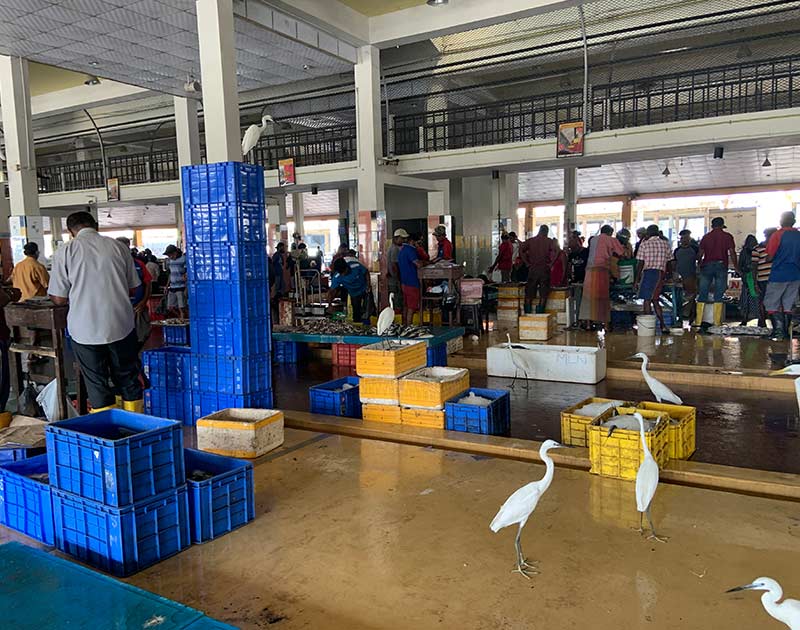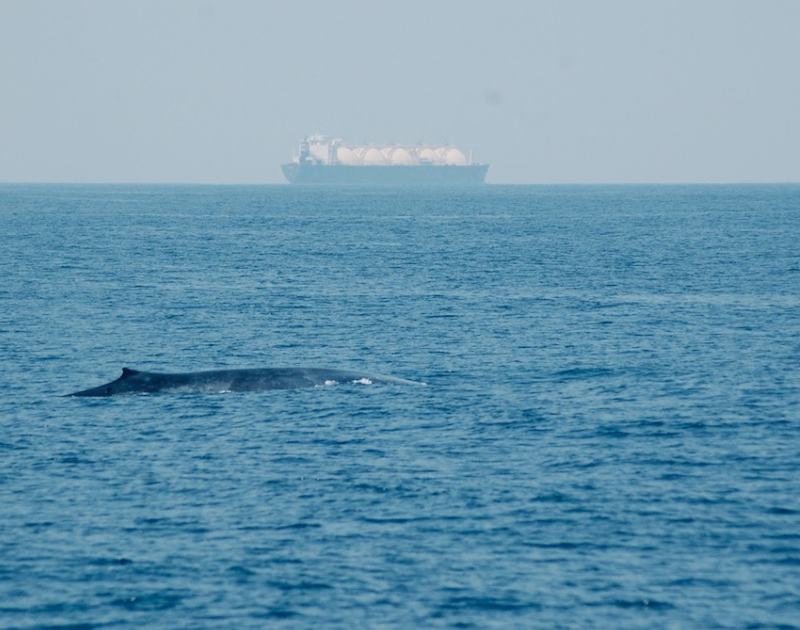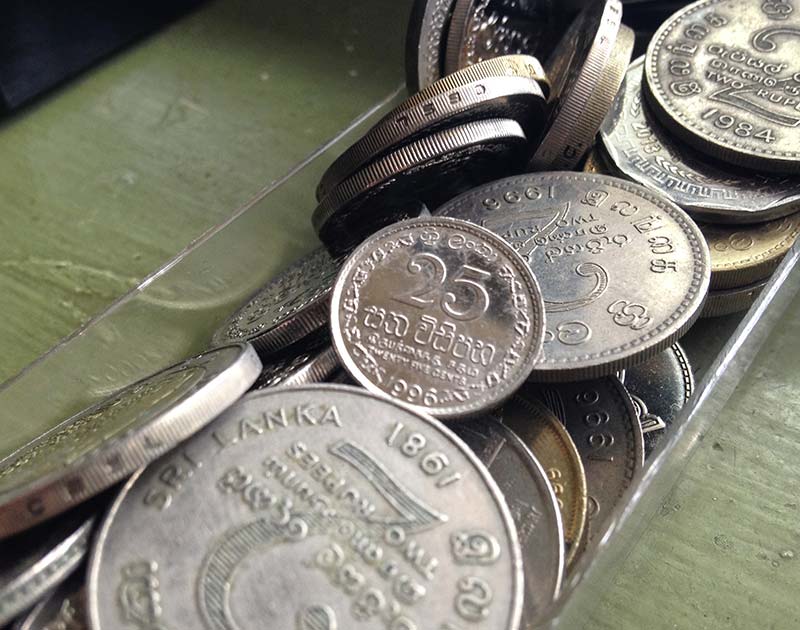
- Home
- Knowledge Insights
- Chasing Efficiency While Leaving the Vulnerable to Their Own Devices
According to the Central Bank’s annual report of 2021, The National Water Supply and Drainage Board (NWSDB) recorded an operating loss of Rs. 3.1 billion during the year 2021[1]. The report compares it to the loss of Rs. 370.5 million recorded during the previous year, making it an 8 fold increase over the span of a year[2]
The poor financial position of the NWSDB has been an ongoing issue at least since 2012[3]. The underlying causes of this include accumulated net losses from practices such as poor asset management and tariff setting, consumption rates which are lower than design projections and losses as non-revenue water (NRW)[4]. Wickramasinghe, (2018) describes Non-Revenue Water (NRW) as “the gap between the volume of water supplied through a system and the volume of water which is billed as authorized consumption”[5]. The main causes of NRW are Physical water losses (leakages, wastage), Commercial losses and Unbilled authorized consumption[6]. The NRW estimates for Colombo are quite high, although it is in a downward trajectory. In the years 2005, 2011 and 2016, the estimated NRW was respectively 54%, 49.97% and 46%[7]. ADB, (2016) notes that physical losses from leaky old pipes is the main contributor to NRW[8].
The NWSDB has been submitting proposals since 2012 to increase water tariffs, and except in 2016, these requests have not been considered[9]. However, on the 1st of September 2022, while the country is going through a financial crisis, the NWSDB revised its tariffs [10].
It is unsurprising that this would be an attractive choice to make from an economic efficiency point of view. As part of a broader set of strategies, tariff setting is a way to make the supply of water part of Demand Responsive Approaches (DRAs) which are commonly understood as measures one could take to “reduce water demand without compromising water related services”[11]. However, it has been observed in Sri Lanka, that DRA approaches which are biased towards cost recovery, exclude poorer sections of society due to the inadequate flexibility of offered solutions that fail to acknowledge constraints such as inconsistencies in income[12]. Therefore, economic efficiency related arguments cannot be presented as being politically neutral. Impacts from such policy decisions have real consequences on people’s abilities to meet their material needs. Therefore, sites where people struggle to work within the system, are important to be constantly aware of when implementing DRA approaches.
Multi-storey housing complexes built by the currently ongoing Urban Regeneration Programme and the previously concluded Sustainable Township Programme are such sites where people who were previously living in working class poor settlements were relocated to. Economic efficiency related arguments are at the heart of these relocation projects as well, for they served the purpose of liberating the lands on which tenement gardens existed on in order to make them available for commercial and mixed-use developments. The people are in turn expected to make payments to the Urban Development Authority towards ownership of their apartments. Here, the economic efficiency related approach taken towards developing the City of Colombo, entangles with the economic efficiency related arguments of governing water infrastructure, for according to the residents living in Sirisara Uyana and Methsara Uyana (located in Borella, Colombo 8), delays in payments to the UDA are met with threats of being disconnected from the building’s water supply. Being located among housing units spread across 12 storeys, there are very few easily accessible alternative sources of water, if people find themselves disconnected from the water grid.
In Seevalipura, located in Wanathamulla which is Colombo’s oldest Tenement Garden[13], many households have water connections. Users are at least partly incentivised to obtain household water connections because water bills can be used as acceptable proof of residence when applying for a bank loan and/or when enrolling children into schools. Furthermore, Seevalipura also has several public wells. Sometimes people supplement the water from their household water connection with that collected from public wells. One resident whose household cannot afford a water connection, consistently relied on their neighbour’s water connections to supply their drinking water needs, while using the public wells for other needs. The responsibility of maintaining these wells are not formally borne by any public institution. Instead, the residents maintain them, except when they require major repairs. In such situations people request assistance from the municipal authorities who will make the necessary arrangements.
Although struggles to pay the bills exist in Seevalipura as well, there are more options to access water, and somewhat more space for people to innovate solutions for themselves as well. One such solution is the case of a communally managed water connection which has been connected to a publicly accessible toilet. This water connection is about 10 years old (though the toilet itself is far older) and served 34 households of which 30 were occupying state lands. However, since 2021, the state has begun evicting these 30 households from this land. Since the location is publicly accessible, some people use water from this connection without paying into the pool, however, if this behaviour is consistently observed they would be requested to pay a nominal fee. As the paying members grew smaller and the costs keep rising, at least two members have applied to get household water connections, citing that the benefits outweigh the costs. However, with the rising costs of living (including the water tariffs), the pool of paying users has increased and lengthened the lifespan of this collective project.
Upon consulting an engineer from the NWSDB about such forms of infrastructure, it does appear as if such requests are considered on a case-by-case basis after a field team is deployed. The NWSDB’s interest in facilitating access to infrastructure was noted by a user when they described how they wrote to the NWSDB at the beginning of 2022 when this connection was disconnected as part of a process of upgrading the pipes. Following which a few officers from the NWSDB visited the premises and assessed the need, and restored the connection in July, 2022.
The cost recovery imperative at the core of DRAs seems hard to fault when thinking about it in the abstract. The revenue collected from tariffs collected by an institution provisioning public infrastructure should be sufficient to cover the cost of water sold, operations and maintenance, debt services, capital or interest payments of expansion projects, while also generating a reasonable surplus.
However, the policies taken to meet this end need to acknowledge that broad approaches with sweeping underlying assumptions about capacities to access infrastructure tend to be based on hypothetical people who are similar to one another differing only by “level of income”. It must be noted that the current tariff structure does offer a special rate for Samurdhi beneficiaries. However, the limitations of the Samurdhi scheme to target those who need assistance the most is a matter that needs to be considered seriously if this dedicated tariff band is considered to be an effective fix.
Interventions to support people and communities who lack access to infrastructure need to consider solutions that stem from the question “what do their (collective or individual) capacities allow” rather than “what should they do”. When comparing the urban environment within high-rise apartments and tenement gardens such as Seevalipura, it is apparent that the urban environment people live in and their relationships with structures of power such as state institutions also have a bearing on their capacities to access infrastructure.
Therefore, solving issues related to people’s capacities to access infrastructure requires a more grounded approach which is sensitive to understanding the variety of contexts in which people live, and not only counting and accounting revenue generated, costs incurred, and average monthly incomes.
This is not an unreasonable suggestion for state institutions, for according to literature pertaining to the in situ upgrade programmes such as the Million Houses Programme conducted in the 80s written by Lankatilleke, (1985)[14] and Simon, (1985)[15], practices of state institutions have in the past entangled with the field at a deeper level, in order to understand specific needs and their contexts.
Channaka is a researcher at Colombo Urban Lab.
[1] CBSL, “ANNUAL REPORT (Volume I) OF THE MONETARY BOARD TO THE HON. MINISTER OF FINANCE FOR THE YEAR 2021.”, p.
[2] CBSL, “ANNUAL REPORT (Volume I) OF THE MONETARY BOARD TO THE HON. MINISTER OF FINANCE FOR THE YEAR 2021.”, p.
[3] Mingyuan Fan, “ADB South Asia Working Paper Series: Sri Lanka’s Water Supply and Sanitation Sector: Achievements and a Way Forward” (Asian Development Bank, 2015), p. 5 https://www.adb.org/publications/sri-lanka-water-supply-and-sanitation-sector-achievements-way-forward.
[4] Fan, “ADB South Asia Working Paper Series: Sri Lanka’s Water Supply and Sanitation Sector: Achievements and a Way Forward”; ADB, “Technical Assistance for Sri Lanka Water Supply and Sanitation (Performance Evaluation Report)”https://www.adb.org/sites/default/files/evaluation-document/173437/files/in192-16.pdf.; NWSDB, “Annual Report – 2017” (National Water Supply and Drainage Board,
2018).https://www.waterboard.lk/web/index.php?option=com_content&view=article&id=56&Itemid=216&lang=en.
[5] Deepthi Wickramasinghe, “Preparing for the Future: Challenges in Water Management in Colombo,” in Urban Drought: Emerging Water Challenges in Asia, 2018, 329–45, p. 18.
[6] Malathi, “Impacts of Non-Revenue Water on the National Water Supply and Drainage Board Andmethods to Minimize.” p.
2http://www.civil.mrt.ac.lk/web/conference/ICSBE_2016/ICSBE2016-75.pdf.
[7] ADB, “Technical Assistance for Sri Lanka Water Supply and Sanitation (Performance Evaluation Report)” p. 24; Malathi, “Impacts of Non-Revenue Water on the National Water Supply and Drainage Board Andmethods to Minimize.” P. 7
[8] ADB, “Technical Assistance for Sri Lanka Water Supply and Sanitation (Performance Evaluation Report)” p. 24
[9] Economy Next, “Sri Lanka Water Board Eyeing Price Hike.”https://economynext.com/sri-lanka-water-board-eying-price-hike-93594/.
[10] NWSDB, “Current
Tariff.”https://www.waterboard.lk/web/index.php?option=com_content&view=article&id=34&Itemid=192&lang=en.
[11] Gordon McGranahan, “Demand-Side Water Strategies and the Urban Poor (PIE Series No. 4)” (IIED, 2002). p. 39
[12] Ariyabandu and Aheeyar, “Secure Water Through Demand Responsive Approaches The Sri Lankan Experience”, p. 2; Fan, “ADB South Asia Working Paper Series: Sri Lanka’s Water Supply and Sanitation Sector: Achievements and a Way Forward”, p. 32
[13] IUIDP, “IYSH Demonstration Projects from Sri Lanka.”
[14] Lalith Lankatilleke, “Training and Information for Institutional Development for the Implementation of the Million Houses Programme in Sri Lanka” (International Symposium on The Implementation of a Support Policy for Housing Provision, Development Planning Unit of the University College London, 1985).
[15] Morris Simon, “Procedures for Determining Project Development Standards and Nature and Level of Services for Low Income Shelter Programmes” (Urban Development Authority and the United Nations Development Programmer, 1985).


